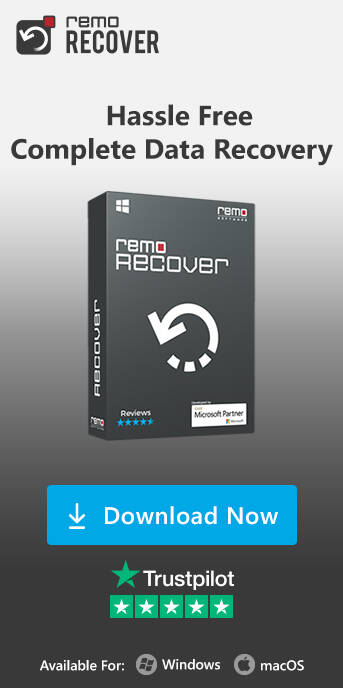What Is NTFS?
NTFS, short for New Technology File System, is a proprietary file system developed by Microsoft. It was first introduced with Windows NT 3.1 in 1993 and has since become the default file system for all Windows Operating Systems, including the latest Windows 11.
NTFS was designed to replace the aging FAT (File Allocation Table) file system. It brought several advancements, including improved performance, security, and support for larger storage volumes.
NTFS has:
- A log file that records metadata changes made to the volume.
- Alternate Data Streams (ADS): It uses a filename format "filename:streamname" and allows the association of more than one data stream with a filename.
- Sparse files: File segments are stored across the disks, i.e., at different file offsets.
- File compression, which is done using the LZNT1 algorithm.
- Encrypting File System (EFS): It uses a symmetric key to encrypt a file.
- Disk quotas, which were introduced in version 3, deal with per-user disk space.
- Volume mount points: In this feature, the root of another file system is attached to a directory, similar to Unix mount points.
Key Features of NTFS
- Security: NTFS offers robust security features, including file and folder permissions, encryption, and access control lists (ACLs).
- Reliability: It has built-in fault tolerance mechanisms, reducing the risk of data loss in case of hardware failures.
- Compression: NTFS supports file compression, helping save disk space.
- Large Volume Support: It can handle large storage volumes, making it suitable for modern storage requirements.
Also Read: Repair NTFS Boot Sector: The First NTFS Boot Sector is Unreadable or Corrupt
How Does NTFS Work?
NTFS uses a hierarchical structure to organize data on a storage device. It relies on various data structures, such as Master File Table (MFT) and B-trees, to manage files and directories efficiently.
- Master File Table (MFT): The MFT is a critical component of NTFS. It contains metadata about all files and directories on the disk. Each file or directory entry in the MFT includes attributes like file size, permissions, and pointers to data clusters.
- Data Clusters: NTFS divides the storage into clusters, each of which can store a fixed amount of data. When a file is created, one or more clusters are allocated to store its content.
Benefits of NTFS
NTFS offers several advantages over other file systems, making it the preferred choice for Windows users:
- Security: With robust access control and encryption features, NTFS keeps your data safe from unauthorized access.
- Reliability: It minimizes the risk of data corruption and offers automatic error checking and recovery.
- Efficiency: NTFS optimizes disk space usage through compression and advanced storage techniques.
- Large File Support: It can handle files of massive sizes, crucial for modern multimedia and data-intensive applications.
How To Use NTFS Effectively?
To make the most of NTFS, follow these best practices:
- Regularly update your Operating System to ensure you have the latest NTFS features and improvements. If you have lost data from your NTFS partition, you can refer to this article to find out how to perform NTFS partition recovery.
- Set appropriate file and folder permissions to control access to your data.
- Use NTFS compression when dealing with files that can be compressed without sacrificing performance.
- Back up your data regularly to safeguard against data loss.
Conclusion
The NTFS file system is a cornerstone of Windows-based computing. Its advanced features, security measures, and scalability make it an ideal choice for storing and managing your data.
By following best practices and understanding its capabilities, you can make the most of NTFS for a seamless computing experience.
